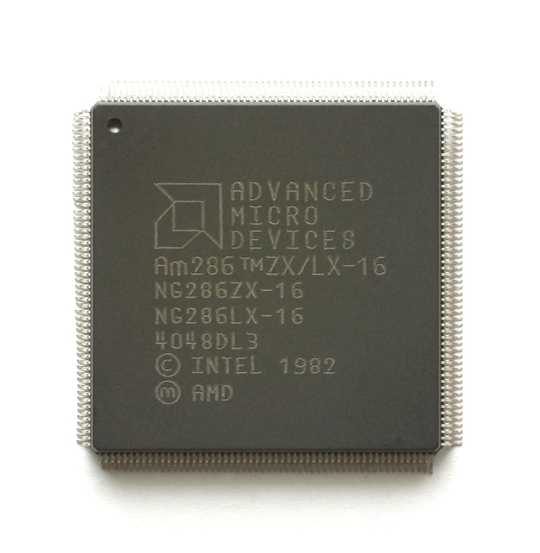40
3
I'm studying for the ISC2 Certified Cloud Security Professional (CCSP) exam and part of the course curriculum discusses BIOS. At one point, the material refers to BIOS as:
BIOS - The firmware flashed into the processor of a computer.
That just seems... horribly inaccurate right? Does BIOS "live" on the processor? I thought it was something that resided on the motherboard and helped with initializing hardware (including, but not limited to, the CPU).

1In what context did the material do this? Was this intended as a general definition of "BIOS"? If so, it would be wrong even if the BIOS was always flashed into the processor. (Just as defining a human as "An animal with a backbone" is wrong even though humans are animals and do have backbones.) If it was describing a particular system where this is the case (there have been some where the BIOS happened to be stored on the processor's flash) then it could be correct, though only for that particular unusual system. – David Schwartz – 2018-05-11T16:36:51.363
Maybe it's not "the firmware of the processor", but I'd definitely say the BIOS is the firmware (of the whole motherboard) and it does get loaded into the processor. The flash memory where it is stored might or might not be counted as a part of the processor. – Bergi – 2018-05-11T16:41:33.747
1That definition would include UEFI as a BIOS, while both BIOS and UEFI are firmwares, but UEFI is a new kind of firmware interface for booting etc. BIOS is the old IBM-way of doing things. – Bakuriu – 2018-05-11T17:45:29.753
1Yes, so the real answer is, no that is not the definition. It can be implemented like that, but not necessarily. – Mr Lister – 2018-05-12T07:48:39.730